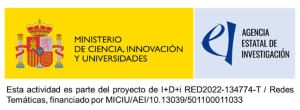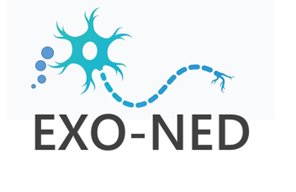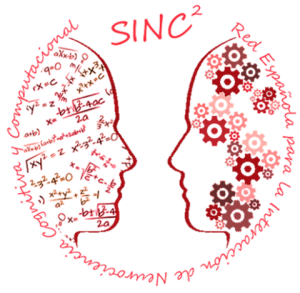Guidelines for symposia submission
Don’t miss the chance to present your symposium proposal at the Spanish Society for Neuroscience (SENC) Meeting! Call open from September 10 to November 25, 2024 December 1, 2024
The SENC Meeting is the leading event for neuroscientists in Spain to showcase their cutting-edge science. The Organizing Committee is committed to developing a high-quality, well-balanced scientific program. Symposia are central to shaping the scientific direction of the Society’s meeting by focusing on timely, relevant research across the field.
We invite you to contribute by submitting a Symposium proposal in any area of Neuroscience. The following guidelines have been established to clarify the procedures for submitting symposium proposals.
Your symposium proposal should include:
- The symposium title.
- The SENC scientific topic that best fits your proposal.
- Names and affiliations of the four speakers.
- The symposium organizer(s) must be one of the four speakers.
- The organizer(s) will also serve as chairperson(s) and will be responsible for managing the timing of the event.
- At least one organizer must be a member of SENC. The other speakers do not need to be SENC members, although they are encouraged to join our society.
- A brief description of the topic´s relevance and timeliness, including the key issues to be discussed by each speaker. Please include three recently published references for each speaker.
- Confirmation of participation from the proposed speakers (e.g., email).
- English is the official language of the meeting.
- Upon acceptance of the symposium, each speaker must submit an abstract following the Template for Abstract submission (Symposium)
- Each symposium organizer(s) will propose three poster abstracts from groups unrelated to the symposium speakers for a short oral presentation, which will be finally validated by the SENC Program Committee.
- All symposia will follow the same structure and duration. Each Symposium will last two hours. Each of the four speakers will have 20 minutes for their talk followed by five minutes for discussion. In addition, the three short oral poster teaser presentations will last four minutes each. The chairperson(s) will be responsible for ensuring the session stays on schedule.
Selection criteria:
- All Symposia will be selected by the SENC Program Committee.
- Scientific quality, potential future impact, and recent scientific breakthroughs.
- Transdisciplinary proposals are encouraged.
- The overall structure of the scientific program and the diversity of topics covered.
- Symposia are encouraged to tackle topics from multiple perspectives, aiming to present diverse views and opinions rather than focusing on the work of collaborating groups.
- Symposia with a balanced distribution of chairpersons and speakers in terms of geography and seniority are strongly recommended. The participation of international speakers is also highly encouraged.
- To be eligible, symposium and technical workshop proposals must include speakers of both genders. Single-gender symposia will not be considered unless the proposers can provide compelling reasons for including only male or female speakers.
Funding:
Selected symposia will receive complimentary registration for all four participants in each symposium. Additionally, SENC will provide a financial contribution of 1,500 euros for each selected symposium.
Communication:
The SENC Technical Secretariat will confirm receipt of your submission by e-mail. If you do not receive a confirmation within two days of submitting your proposal, please contact the SENC secretariat at the e-mail: secretaria.tecnica@senc.es.
You will be notified of the SENC Program Committee´s decision by January 2025.
Please remember that:
- Submission period is from September 10 to November 25, 2024
- Each SENC member can participate in only one symposium proposal. If a speaker is proposed for more than one accepted symposium, they must choose one to participate in. The organizer of the other symposium must then provide an alternative speaker or talk, subject to approval by the Program Committee.
- The proposal must not include speakers who participated in lectures or symposia at the SENC Meeting (Granada). Members of the Program Committee’s board of directors are also ineligible to be speakers. Check the complete list of the speakers at the SENC Meeting (https://www.senc.es/wp-content/uploads/2024/09/SENCDAY_8sep23_Programa-diptico_web_v6.pdf).
- The chairperson is responsible for ensuring all submission requirements are met for the entire session and for confirming that all speakers have submitted the necessary logistical and programming information (e.g., forms, audiovisual needs) to SENC. Strict timing control during the session is required.
- Participation in the SENC congress implies the acceptation of the code of conduct of the SENC
(https://www.senc.es/wp-content/uploads/2024/07/Code-of-Conduct.-ENG.pdf).






